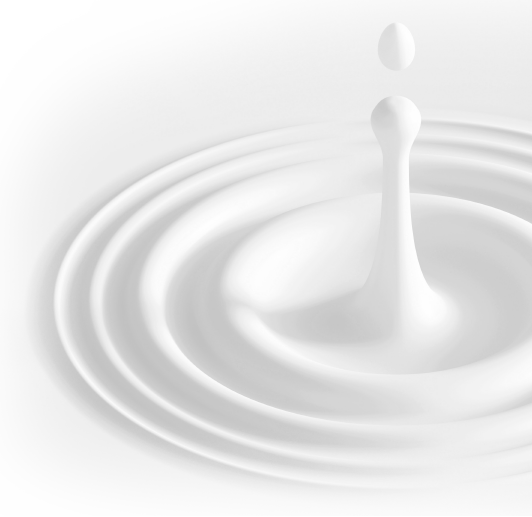The study, led by Dr. Nick Cox, a former group leader of MPI CEC in the Department of Prof. Wolfgang Lubitz, now at ANU Research School of Chemistry, focused on the photosynthetic enzyme which performs biological water splitting, Photosystem II. Buried within this large protein complex is a cofactor consisting of four manganese and one calcium metal ions. It is this cofactor that performs the water splitting reaction, binding the two waters in close proximity to allow them to join together to form a single oxygen molecule. The study reveals how the cofactor is activated, a process that involves the highly regulated uptake of water from its surroundings.
The study was a collaboration between researchers at the MPI CEC, also with Prof. Serena DeBeer, and the MPI für Kohlenforschung (MPI KOFO) in Mülheim/Ruhr, Germany, the Ruhr University Bochum in Germany, Uppsala University in Sweden and the Australian National University, Canberra, and was recently published in Proceeding of the National Academy of Sciences of the United States of America.
Additional Information
Detailed Press Release (MPI CEC)
Original Publication: Maria Chrysina, Eiri Heyno, Yury Kutin, Michael Reus, Hakan Nilsson, MArc M Nowaczyk, Serena DeBeer, Frank Neese, Johannes Messinger, Wolfgang Lubitz, and Nicholas Cox: Five-corrdinate MnIV intermediate in the activation of nature's water splitting cofactor, in PNAS, 2019, DOI: 10.1073/pnas.1817526116
---------------------------------------------------------------------------------------------------
Wie die Natur Wasser spaltet und den Planeten mit Energie versorgt
PNAS: Ein internationales Forschumgsteam, darunter das Mülheimer Max-Planck-Institut für Chemische Energiekonversion (MPI CEC) und die Australian National University (ANU), hat neue Ergebnisse zum Ablauf der Wasserspaltung in der natürlichen Photosynthese publiziert, ein Prozess von fundamentaler Bedeutung für das Leben auf der Erde. Die erzielten Ergebnisse sind auch wichtig für die Entwicklung von CO2-freien solaren Brennstoffen.
Die Untersuchungen, unter der Leitung von Dr. Nick Cox, ehemaliger Gruppenleiter in der Abteilung von Prof. Wolfgang Lubitz am MPI CEC, konzentrierten sich auf ein photosynthetisches Enzym, das für die biologische Wasserspaltung verantwortlich ist. Die Reaktion läuft im sogenannten Photosystem II ab und zwar an einem Metallcluster, der aus vier Mangan- und einem Kalzium-Metall-Ion besteht. Dieser Komplex bindet an benachbarten Zentren zwei Wassermoleküle, welche nach Oxidation und Protonenabgabe ein Sauerstoffmolekül bilden und freisetzen. Die Studie zeigt, wie dieser Komplex aktiviert wird und die kontrollierte Aufnahme von Wasser aus der Umgebung des Proteins abläuft.
Die Ergebnisse wurden erzielt durch eine Zusammenarbeit von Wissenschaftlern aus dem MPI CEC, darunter Prof. Serena DeBeer, und dem MPI für Kohlenforschung in Mülheim/Ruhr, der Ruhr-Universität Bochum, der Universität in Uppsala (Schweden) und der Australischen Nationalen Universität (ANU) in Canberra. Die Arbeit ist kürzlich erschienen in Proceeding of the National Academy of Sciences of the United States of America.
Zusätzliche Information
Ausführliche Pressemitteilung (MPI CEC)
Originalveröffentlichung: Maria Chrysina, Eiri Heyno, Yury Kutin, Michael Reus, Hakan Nilsson, MArc M Nowaczyk, Serena DeBeer, Frank Neese, Johannes Messinger, Wolfgang Lubitz, and Nicholas Cox: Five-corrdinate MnIV intermediate in the activation of nature's water splitting cofactor, in PNAS, 2019, DOI: 10.1073/pnas.1817526116

